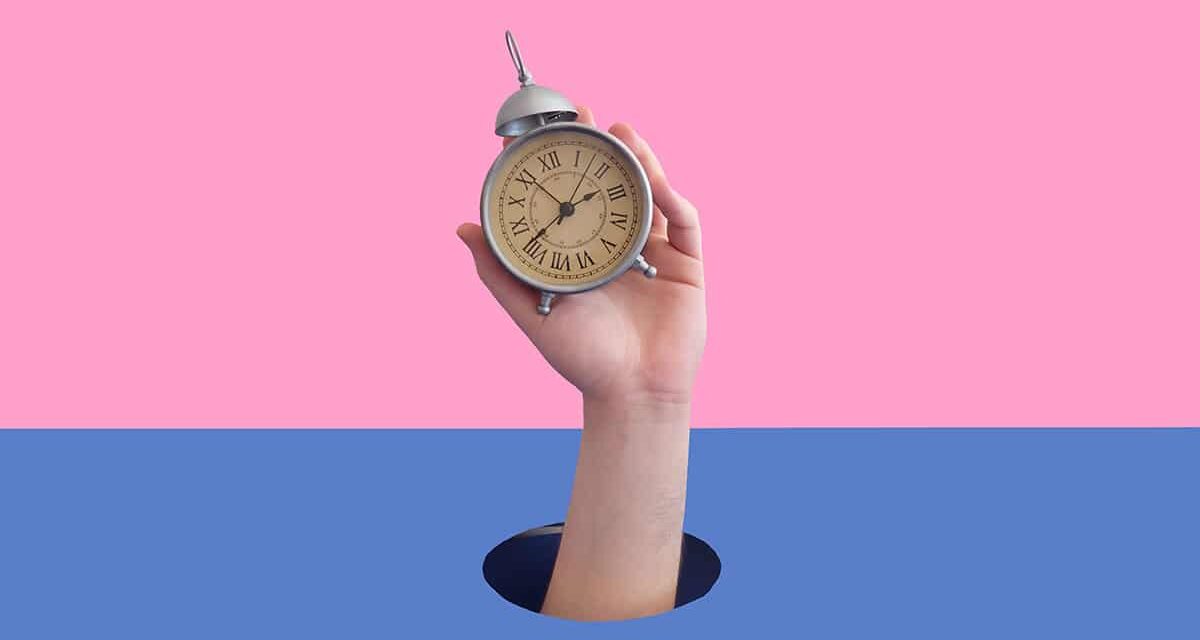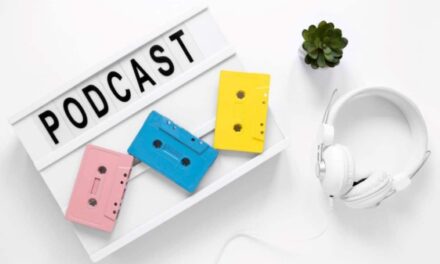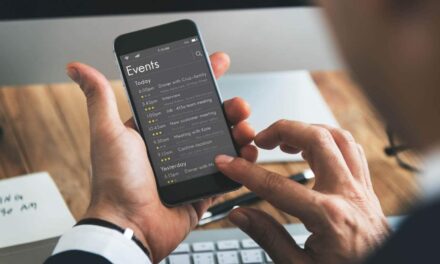Do you know the best time to send your emailing campaign? If you want your marketing emails to have a more important impact, you may need to change your usual send time. Your opening rates could drop considerably if your email arrives at the wrong time. On the contrary, if your time and sending day corresponds to an ideal moment, it could have a considerable impact on the effectiveness of your campaign. In this article, we will share some tips for you so that sending your emails has a resounding impact in the minds of your recipients.
What influences the email sending schedule?
When we assess the effectiveness of an emailing campaign, it is essentially the opening rate that we speak. Has it noticed and opened your message? It is a crucial factor for other measures and the success of the campaign-will your efforts be in vain or not? Several factors influence the choice of the optimal moment for sending. Here is what you need to take into account when planning your campaigns:
- The geographic location of your subscribers,
- The specificities linked to their culture. For example, the days and hours of work
- Their online behavior,
- The specifics of your business.
Depending on the chronological principle of the reception boxes, your email will be placed at the top or bottom of this box; A place at the top increases the chances of opening by the recipient. The lower your email in the list, the more you may be ignored.
Best time of sending by email: general advice
These different tips to find the best time to send your emailing campaigns are valid for most sectors.
- Day vs night: Although this difference seems obvious, it is generally preferable to send your campaigns by email during the day. You know, when people are woke up and not in the middle of the night.
- Mondays: Of the general opinion, you should avoid sending emails on Monday. For what ? Because people are already depressed from the end of the weekend. They enter the office and are flooded with emails they have collected in the past few days. What is the first thing they do? Remove these emails of course!
- Weekends: Historically, weekends are the days when people go shopping and are busy doing destitute activities. Weekends tend to have low opening rates, so most merchants avoid them strongly.
- Plan “Large”: Although 23% of emails are opened within 60 minutes of sending, some latecomers may not consult them for one or two days. For more security, if you send emails focused on an event, remember to do so 3 to 5 days before D -Day.
- The days acclaimed : Tuesday, Wednesday and Thursday. Tuesday, Wednesday and Thursday are traditionally favorite days for sending campaigns by email, because specialists seek to avoid hollow days like Monday and Friday. Mailchimp confirms that Tuesday and Thursday are the two most popular days for sending newsletters by email.
- Mid -day, middle of the day : The traditional approach consisting in sending email campaigns in the middle of the week and in the middle of the day tends to give good results. Then it all depends on your target. The lunch break often gives good results. Mailchimp even suggests 14 hours as optimal sending time.
The truth about the ideal moment to send your emailing campaigns
What is the ideal time to send an emailing campaign? In a word, this is the time that best suits your audience. We know how unsatisfactory this answer can be. If we could tell you exactly when you should send your emailing campaigns, we would do it with joy!
The problem is that a ton of data from various studies are precisely trying to do so. However, some of these studies are in agreement, while others are completely contradictory. In reality, there is no strict rule for sending your emails, until you know what time is best for your audience. Each list of emails is made up of a group of people with different habits. Therefore, your best time of sending may not be identical at the best time to send another marketing specialist.
So what are we doing here? Know that it is extremely useful to have a place to start, and that's what we offer in this article. When you have good information to start, you can test and refine your shipping hours until you reach “the ideal time”.
The difference between B2B and B2C
Remember that each person does not use their professional and personal reception box in the same way or at the same time. As we have seen just before, there is no unique solution. For example: is the type of person you are targeting more likely to consult your reception box when you wake up or during the lunch break? Do you send newsletters to personal or professional electronic addresses? Keep in mind that this distinction between B2B and B2C is very important, because users behave differently when they use different messaging accounts.
Tools can help you find the best time to send your emails
Popular emailing solutions like Mailchimp or SendinBlue have integrated tools in order to guide you to the optimal sending time of your campaigns. But, how does it work? For example with SendinBlue, you choose a date and they choose the best time to send your message to each of your recipients. This helps you save time and focus on other important tasks. This algorithmic feature research and determines the time of sending which will generate the most commitment to your campaign. Your emails then leave at the time scheduled for each contact over a 24 -hour period.
If specific contact has never received a campaign from SendinBlue, the optimal send time is based on the performance of the previous campaign. The optimal time will be displayed directly under the scheduled date of the campaign. SendinBlue retains the information from each campaign you send, so that the optimal time for each contact becomes more and more precise as the algorithm adapts to new data.
An A/B test can determine the best time to send your emailing campaign
The best time/day to send emails to your contact list really depends on the knowledge you have of your subscribers. Do not send anything blind. First of all, you need to get to know your subscribers, their habits etc. A person at work will not be as receptive as if he is quietly seated on his sofa. Then you need to perform A/B tests to find the hours when your subscribers are the most active.
Concrete example of A/B test for an email campaign
To demonstrate the effectiveness From an A/B test in an email campaign, let us consider an e-commerce company looking for the best time to send her Newsletters. In this A/B test:
Configuration ::
Group A receives the newsletter Tuesday has 10 a.m..
Group B receives the same newsletter on THURSDAY has 2 p.m..
Objective : Assess and compare opening rateof clicksand conversion of the two groups to determine the niche offering the best commitment.
This approach aims to identify the best moments for sending marketing emails, thus optimizing the effectiveness of future campaigns emailing.
Emailing campaign analysis
Metrics analyzed : Concentration on the opening rate, the click rate, the conversions generated, and possibly the unsubscription rate.
Observation period : A week after sending for each group.
Interpretation : Evaluation of what time offers the best results in terms of opening rate and clicks. Analysis of the conversion of these clicks into desired actions.
Adaptation of future campaigns : Use of data to refine the schedules to send the next emailing campaigns.
These analyzes allow the company to adjust its sending strategies for a maximum efficiencyemphasizing the importance of continuous tests and analysis to align the campaigns with preferences and behaviors of subscribers.
In conclusion, the efficiency of the campaigns From emails depends significantly on the choice of the moment of sending. Analysis of the opening and clicks of emails, supported by A/B testsis crucial to determine The best slots. A strategy adapted to the sectoral specificities and the behavior of the recipients of emails is essential to optimize Commitment and performance Emailing campaigns.






